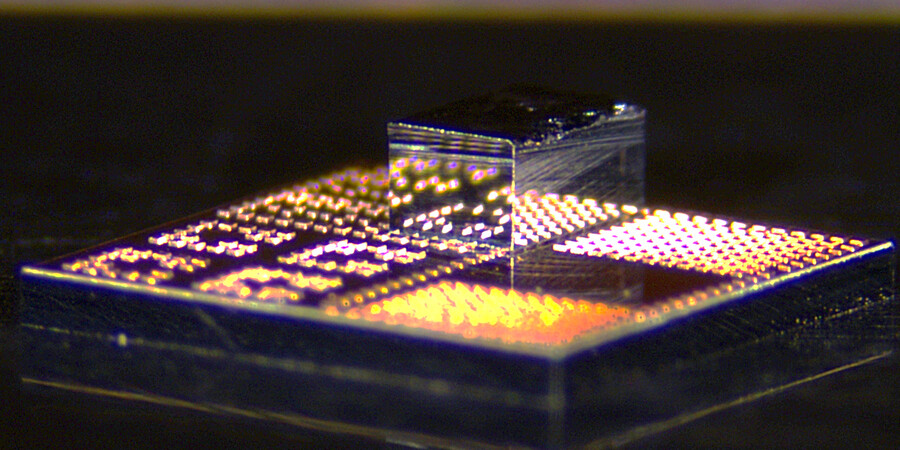Adam Zewe | MIT News Office
January 19, 2022
The global semiconductor shortage has grabbed headlines and caused a cascade of production bottlenecks and thrown into sharp relief the critical role semiconductors play in many aspects of everyday life. But years before the pandemic-induced shortage took hold, the United States was already facing a growing chip crisis. In a new white paper, a group of MIT researchers, including several AI Hardware researchers, argue that the country’s strategy for reasserting its place as a semiconductor superpower must heavily involve universities, which are uniquely positioned to pioneer new technology and train a highly skilled workforce.
Complete article from MIT News.
Explore
AI System Learns from Many Types of Scientific Information and Runs Experiments to Discover New Materials
Zach Winn | MIT News
The new “CRESt” platform could help find solutions to real-world energy problems that have plagued the materials science and engineering community for decades.
New Tool Makes Generative AI Models More Likely to Create Breakthrough Materials
Zach Winn | MIT News
With SCIGEN, researchers can steer AI models to create materials with exotic properties for applications like quantum computing.
New 3D Chips could Make Electronics Faster and more Energy-Efficient
Adam Zewe | MIT News
The low-cost, scalable technology can seamlessly integrate high-speed gallium nitride transistors onto a standard silicon chip.



